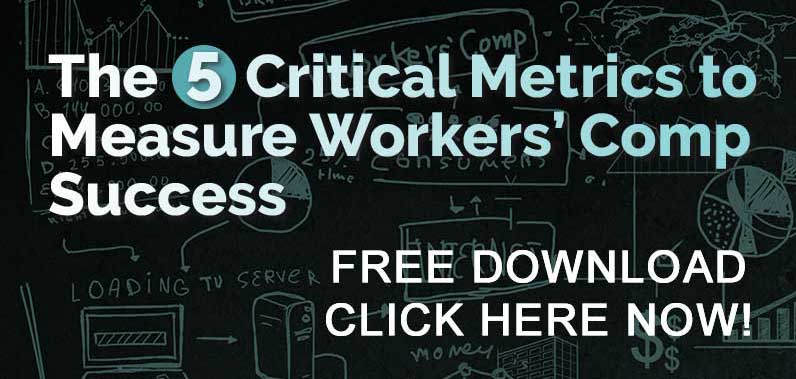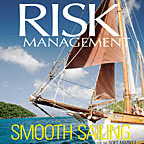 By WCK Staff – November 2008
By WCK Staff – November 2008
Some thoughts from the MD’s perspective on how to make your employees’ visits with an occupational physician more productive.
7 Medical Care Steps to Improve Your WC Program
- Establishing cooperative relationships before-hand is essential. What is key is having the medical advisor available to call the treating physician. This is a step that must be set up in advance so the medical advisor is very responsive and can take quick action when an injury occurs.
- A Medical Advisor can contact the treating physician prior to the exam: The medical advisor can let him know the patient is coming and ask him to call the medical advisor back after the exam. The medical advisor may ask specific medical questions, such as asking questions and conducting an exam that helps distinguish a work-related injury from non-work related injury. If the treating physician knows he will be speaking to the medical advisor, he may take a more careful history and be more aware of getting the person back to work.
- The medical advisor can suggest something he may/may not do routinely. Depending on the type of injury, the advisor might suggest a particular Waddell test if symptom magnification is suspected. Giving background such as letting the doctor know the worker is unhappy with the job situation can be helpful.
- Treating doctors should give medical restrictions and then the company decides if the employee can return to work, if they can accommodate the physical restrictions. It is helpful to let the doctor know a company can accommodate nearly all restrictions.
- Ask them to not give “off duty” – just give medical restrictions for every worker. If he or she is contemplating taking someone off work, give us medical restrictions – unless the worker is bedridden. The doctor should keep in mind that a worker may not even know the company can accommodate him; he may be unaware there is a transitional duty program. Once there are medical restrictions, it is then up to the workplace to decide if they want to make those accommodations and how they will make them.
- Make sure the physical restriction form is easy: it is easier to fill out a simple form with check boxes that nearly all doctors are familiar with, such as “Lifting: heavy/ medium/ light, pushing or pulling, sitting, standing, etc., and a space for the doctor to write in any additional comments.”
- It does not have to be a “recordable” claim: If the treating physician is familiar with the OSHA rules, he/she will know that if the incident is just first aid, that medications needed by the worker are over-the-counter, and physical therapy (often over-prescribed) is not ordered, then the incident is not OSHA recordable it is first aid.
Print this article (PDF opens in new window)



 Workers’ Comp Success Depends on Quality Analysis
Workers’ Comp Success Depends on Quality Analysis
